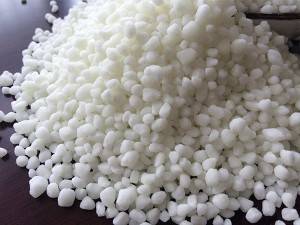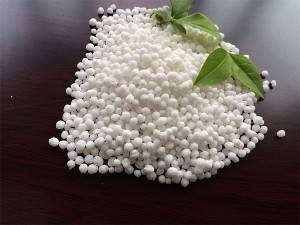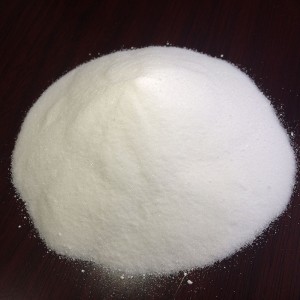SINGLE SUPER PHOSPHATE
SSP is suitable for various crops and various soils. It can be applied to neutral, calcareous phosphorus-deficient soil to prevent fixation. It can be used as base fertilizer, top dressing, seed fertilizer and root top dressing. When SSP is used as basal fertilizer, the amount of application per mu can be about 50kg per mu for soil lacking available phosphorus, and half of the arable land is evenly sprinkled before the arable land is used as basal fertilizer. Before planting, sprinkle the other half evenly, combine with the ground preparation and apply shallowly into the soil to achieve layered application of phosphorus. In this way, the fertilizer effect of SSP is better, and the utilization rate of its effective ingredients is also high. If mixed with organic fertilizer as base fertilizer, the application rate of superphosphate per mu should be about 20-25kg. Concentrated application methods such as ditch application and acupoint application can also be used. It can supply phosphorus, calcium, sulfur and other elements to plants, and has the effect of improving alkaline soil. It can be used as base fertilizer, extra-root topdressing, and foliar spraying. Mixed with nitrogen fertilizer, it has the effect of fixing nitrogen and reducing the loss of nitrogen. It can promote the germination, root growth, branching, fruiting and maturity of plants, and can be used as a raw material for the production of compound fertilizers. It can reduce the contact of superphosphate with the soil, effectively prevent soluble phosphorus from turning into insoluble phosphorus and reduce fertilizer efficiency. Superphosphate and organic fertilizer are mixed into the soil to form loose clumps. Water can easily penetrate to dissolve the soluble phosphorus. The root acid and organic fertilizer secreted by the root tips of the plant slowly act on the insoluble calcium carbonate at the same time. Calcium carbonate gradually dissolves, thereby further improving the utilization of phosphorus in SSP. Mixing SSP with organic fertilizer can also change single fertilization into compound fertilization, which increases the types of elements applied to plants, and promotes the absorption and utilization of phosphorus by plants, which better meets the nutritional needs of crops.








